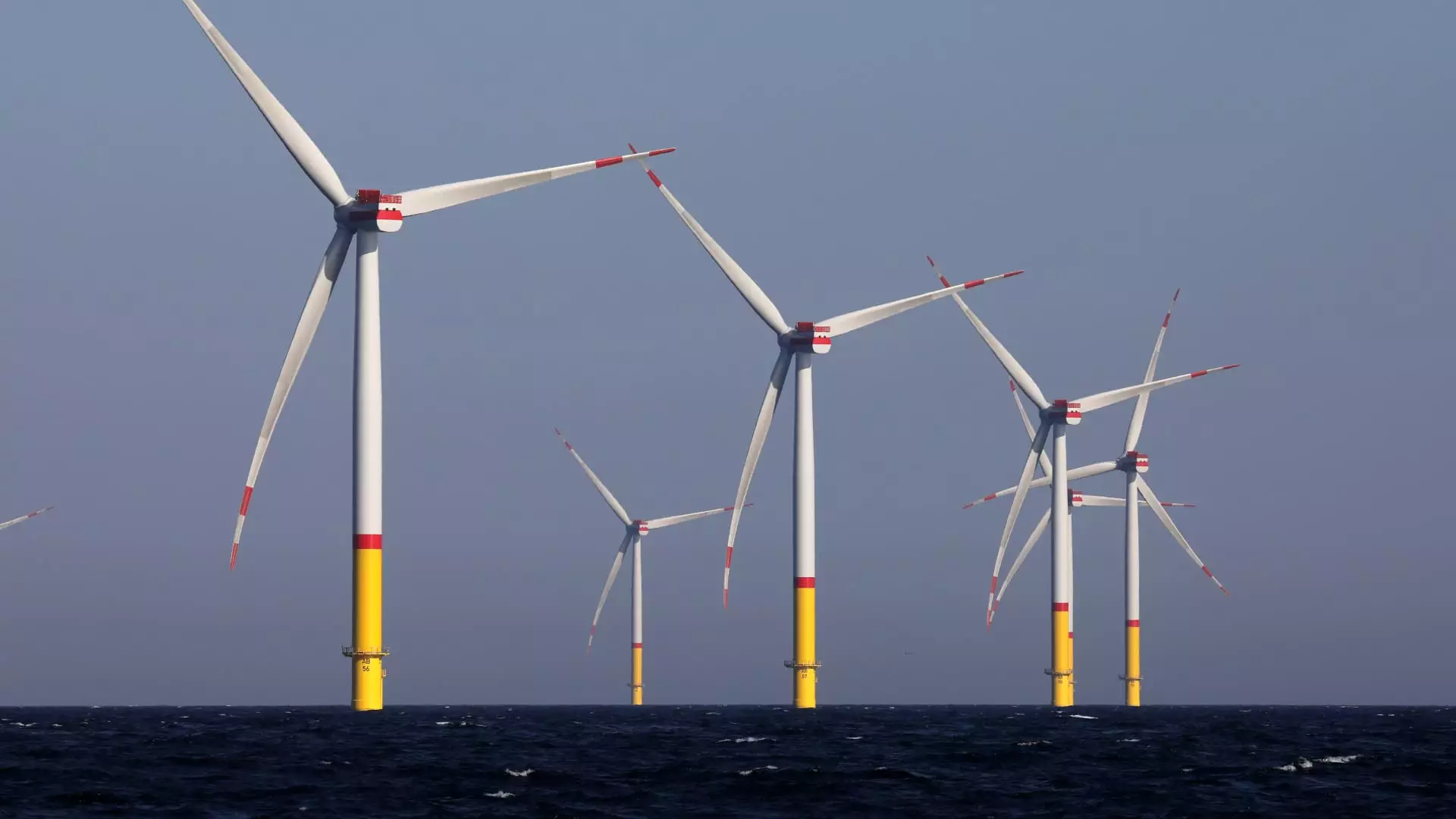In an unexpected twist, the Empire Wind project, crafted by Norwegian energy giant Equinor, is back on track following the cessation order issued by the Trump administration. Originally hailed as a landmark initiative in the realm of renewable energy, Empire Wind 1 stands to be New York City’s first offshore wind farm, promising to deliver clean energy directly to one of the largest urban populations in the United States. However, the recent lifting of the order does not come without significant concerns that merit critical examination. The scenario invites scrutiny not only around the management of renewable energies but also how political maneuvers can disrupt and dictate energy policy.
The initial suspension of the project was abrupt and likely attributable to bureaucratic posturing and partisan friction. Interior Secretary Doug Burgum raised alarms regarding perceived inadequacies in the Biden administration’s review process, suggesting hasty approvals lacking a comprehensive analysis of the project’s implications. As an advocate for systematic review, I find myself in agreement with the need for rigorous scrutiny, especially given that large-scale projects can have unforeseen environmental and societal repercussions. While I applaud the ambition behind Empire Wind, it enters murky waters set against a backdrop of escalating polarization regarding energy production in the United States.
Job Creation Versus Environmental Concerns
Governor Kathy Hochul’s assertion that Empire Wind will create approximately 1,500 union jobs must be approached with caution. Job creation is undoubtedly an admirable objective, yet it cannot eclipse the critical need for sustainable practices and environmental integrity. Wind energy is often positioned as a green alternative, but the construction of wind farms can also result in habitat disruption, aesthetic impacts, and reliance on materials and practices that question its sustainability credentials. Thus, while the economic argument is compelling, it fails to encompass the broader environmental implications of initiating such a project.
Also of concern is the implicit narrative that economic benefits can justify ecological sacrifice. New York has historically taken a stance against new natural gas pipelines, advocating for cleaner alternatives, yet appears caught in a paradox. The governor’s silence on natural gas amid discussions of wind energy raises questions. Can New York pursue a truly green agenda while headlining the creation of a new energy project that continues to assuage a reliance on fossil fuels? The absence of more detailed plans addressing ecological richness raises flags that must be acknowledged.
The Dichotomy of Political Interests
It is ironic to see the former administration’s chaotic elements resurfacing in an otherwise ambitious renewable project. President Trump has often been at the forefront of anti-wind rhetoric, citing issues from bird deaths to cost inefficiency—an ironic stance for a leader managing a supposed quest for American energy dominance. It is difficult to overlook how this anti-renewable sentiment crowded out the possibilities that innovative renewable infrastructure brings to the economy and job markets.
This tug-of-war signifies deeper cultural misunderstandings regarding the renewable sector. In lifting the order, has the administration merely sought to appease a fractured base, or is there genuine acknowledgment of the potential that renewable initiatives hold? Trump’s penchant for blunt criticism leads one to wonder if he genuinely speaks for the people in power, or if he echoes personal vendettas. The split in opinions surrounding the Empire Wind project illustrates the pressing need for responsible dialogues that transcend mere political chess.
Capital and Risks in Renewable Investments
Equinor’s hefty investment of $2.5 billion in Empire Wind highlights the industry’s growing belief in the viability of offshore wind as a future energy source. However, falling prey to bureaucratic indecision and shifting political winds presents immense risks to investors. The notion that projects of such scale could be derailed by administrative shifts breeds uncertainty—an enemy of capital investment and economic growth.
The consequences ripple outward as developers seek to navigate these complex landscapes while remaining compliant with differing regulatory standards. Until we establish a more predictable framework for renewable project approval, the investment landscape remains fraught with latent challenges. Institutional confidence in renewables requires bold political commitment to an energy-forward future that embraces innovation rather than obfuscation.
As the Empire Wind project proceeds, I remain cautiously optimistic but deeply aware of the complexities at play. The balance between ecological integrity, job creation, and the polarizing nature of political discourse represents not only a test for New York but a defining moment for the nation’s energy future. The robust debate over the Empire Wind project could serve as a microcosm for how the country will negotiate the increasingly pressing issues of climate change and energy independence in the years to come.

